Working with multiple people on a single Word document can be daunting. Fortunately, there are some steps you can take to make the process as efficient as possible. Here are six of them.
Take Advantage of Real-Time Editing
Real-time editing enhances efficiency by allowing multiple authors to simultaneously work on a Word document. There’s no need to wait for someone to finish editing or adding comments to a document for someone else to have their turn. As long as there are established guidelines for editing, everything should go smoothly.
The first step is to upload the document to OneDrive. So, ensure you and everyone else working on the document is using OneDrive.
Next, open Microsoft Word and click the “AutoSave” toggle in the top-left corner.
In the prompt, follow the steps to sign in to your Microsoft account and select your OneDrive account.
Next, click “Share” in the top right corner of the screen, and then click “Share” again in the menu. In the popup, enter the email addresses of your collaborators and then click “Send” to add them to the document.
Before sending it, you can enter a message so everyone knows why you’re sending them the document. However, this is optional.
Alternatively, you can also click “Copy” in the popup and manually send them the document (e.g., email, instant message, or SMS).
Manage Access Permissions
Managing access permissions ensures efficient collaboration in the shared document since it allows the owner (you) to control how people interact with it. To do this, click “Share” in the top right corner of the screen, and then click “Manage Access” in the menu.
Click the “People” tab and select the collaborator you want to change the access permissions for. Under the person, expand the “Direct Access” section, click the dropdown, and then select one of the options in the menu (“Can Edit,” “Can View,” and “Remove Direct Access”).
Afterward, click “Apply” to save the changes. The “Can Edit” option allows collaborators to change the document however they want, while “Can View” restricts them to only reading the document. The “Remove Direct Access” option revokes access completely.
Comments link feedback to specific text, allowing you and your collaborators to discuss changes before editing the original document. This ensures everyone is on the same page and comfortable with edits.
To add a comment to a Word document, first, highlight the text you want to comment on. Next, select the “Review” tab and click “New Comment” in the Comments section of the ribbon.
A Comments pane will appear on the right. Then, enter your comment and click “Send”—the button with a paper plane icon—to post it.
Your comment will appear in the Comments pane, with the word or text block it corresponds to highlighted in the editor. Now, you can interact with each other in that pane.
When you’re done with a thread, consider resolving it instead of deleting it. This gives you a nice paper trail you can revisit if you need to. To resolve a comment, click the three-dot icon and select “Resolve Thread” in the menu.
Track Changes Instead of Editing the Document Directly
When you track changes, everyone’s edits become visible. However, the original document remains unaffected since these are merely edit suggestions.
To track changes in a Word document, select the “Review” tab and click “Track Changes” in the Tracking section of the ribbon. Now, every change you make to the document will appear in red. Other people’s edits will appear in a different color, and so on.
You can also enforce that no one edits the document unless they’re tracking their changes. To do this, select the “Review” tab and click “Restrict Editing” in the Protect section of the ribbon. In the Restrict Editing pane on the right, tick the checkbox in the Editing Restrictions section, and select “Tracked Changes” in the menu.
You can also restrict the document in other ways, including allowing users to only comment or fill in forms. You can even restrict the formatting options. This level of control is also what makes Microsoft Word better than Google Docs.
Review Changes Made by Collaborators
As people make tracked changes, you can review them and discuss which ones to keep. This is what the Revision pane is for. To do this, select the “Review” tab and click “Reviewing Pane” in the Tracking section of the ribbon.
This will bring up the Revisions pane on the left side of the document. You can see all the changes made to the document, including who made them, and then you accept or reject them. To do this, click the name or edited word in the Revision pane and then click “Accept” or “Reject” in the Changes section of the ribbon.
Merge Revisions By Multiple Authors
If multiple authors are working with different copies of the same document, it can be a hassle to manually merge changes with the original. Fortunately, Word lets you easily do this while allowing you to review the changes.
To incorporate the changes from one document into another, select the “Review” tab and then click “Compare” in the Compare section of the ribbon. Then, click “Compare” in the menu.
Next, select the original document in the left dropdown and select the revised version in the right one. Then, click “OK” to start the comparison.
There will be a Revisions pane on the right, showing all the revisions made by the other author of the revised version. The actual edits will appear in the middle pane as tracked changes. You can then accept or reject them.
After merging the revisions, you will need to save the document. The merged document will be considered a separate one, and the original will remain untouched.
Now that you know how to work efficiently with others in Microsoft Word, there are things you can do to speed up your workflow. You can also make your process more efficient by installing productivity-enhancing add-ons like Grammarly or Wordtune in Microsoft Word.
And if you have a Copilot Pro subscription, you can use AI assistance to speed up your writing.


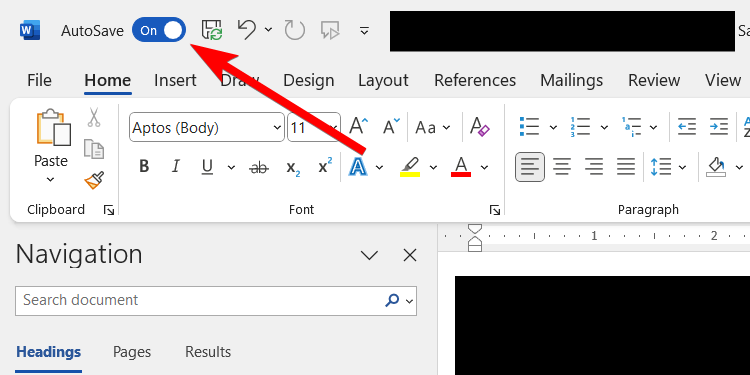
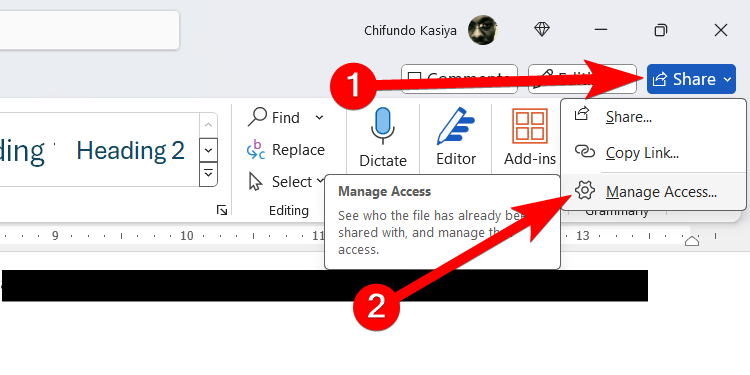
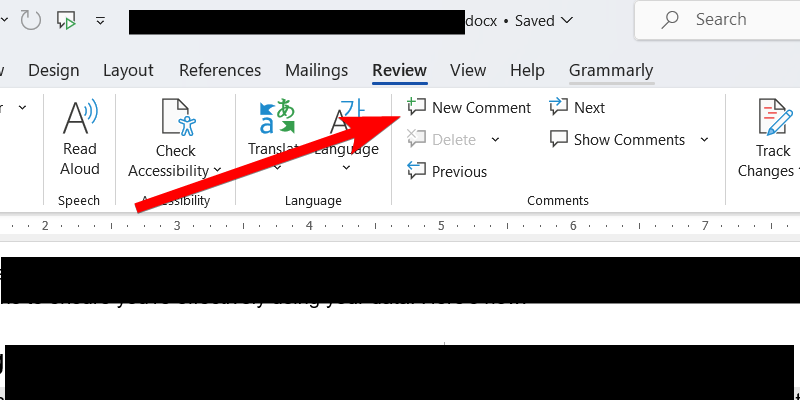
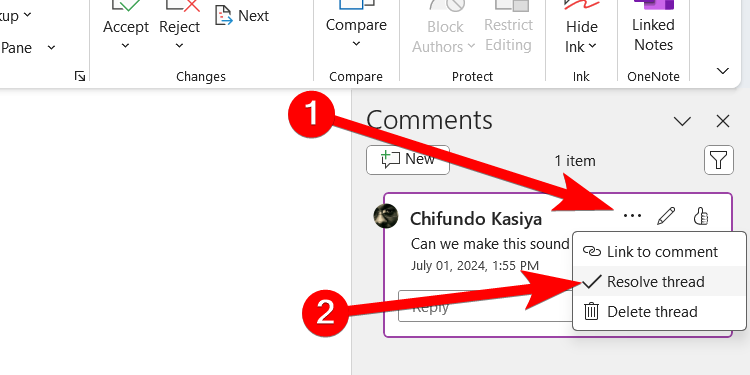
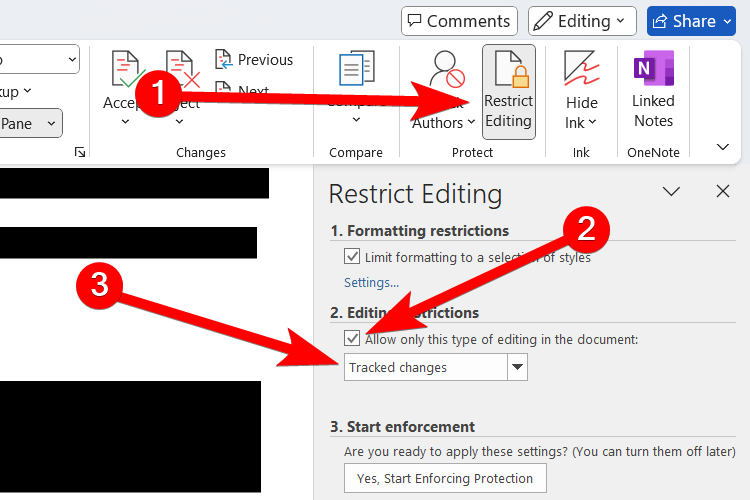
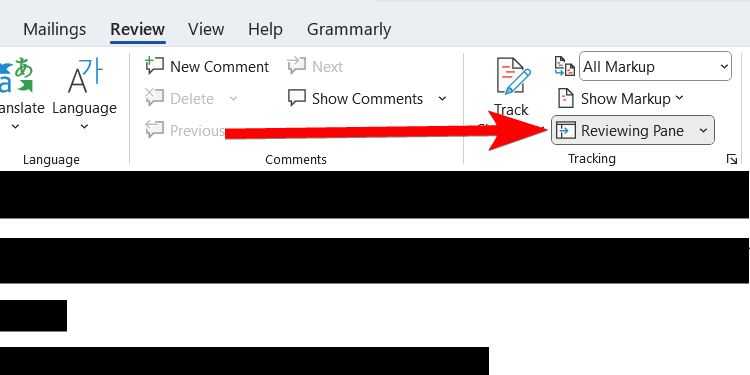
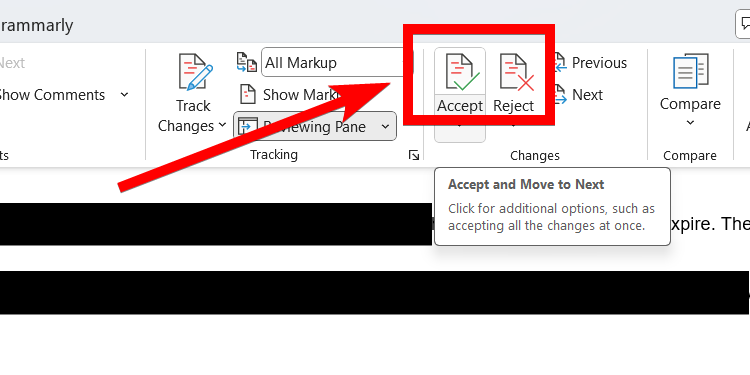
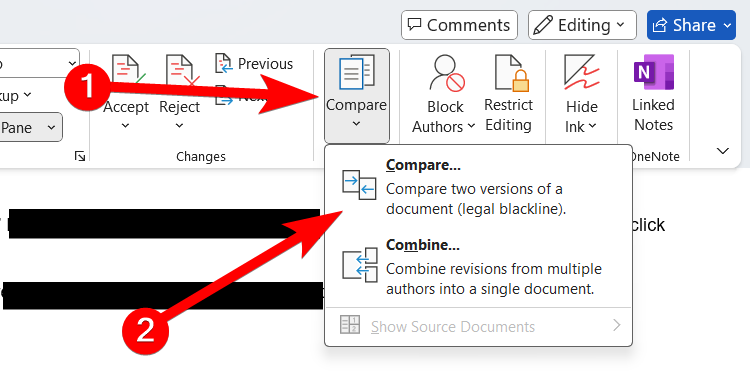
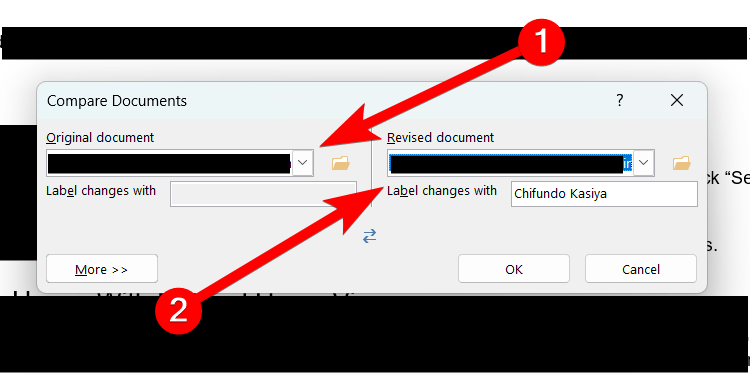
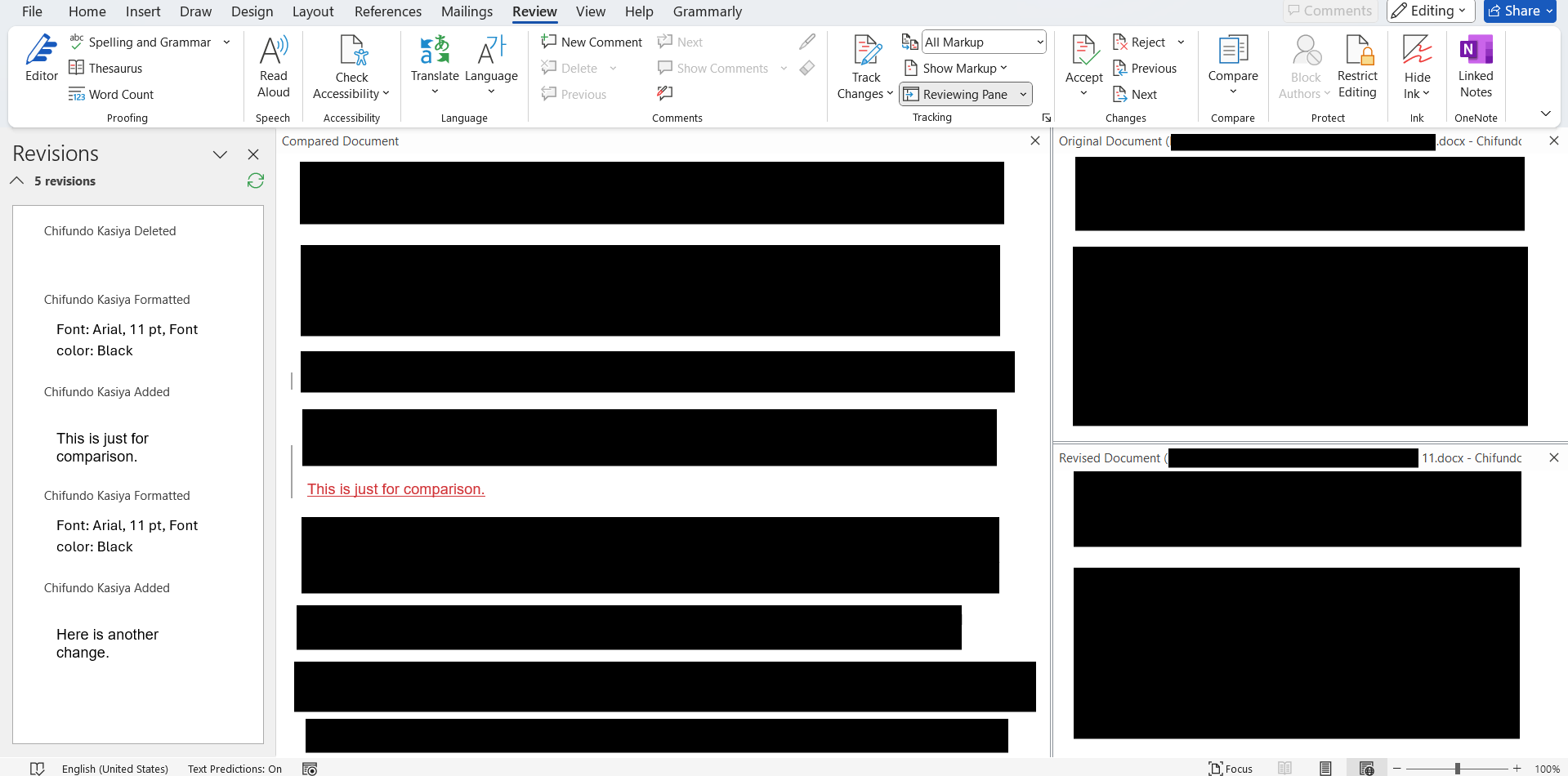

![AirPods 4 review: Pound for pound Apple’s best product [Video]](https://techtelegraph.co.uk/wp-content/uploads/2024/10/AirPods-4-Top-Features-and-Review-218x150.jpg)
